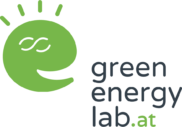Space4Energy Hackathon
Science Park Graz / ESA Space Solutions Austria and Green Energy Lab are organizing the Space4Energy Hackathon in October 2022, as cooperation partners of the Austrian Federal Ministry for Climate Protection, Environment, Energy, Mobility, Innovation and Technology (BMK). The goal of the Hackathon is to provide solutions based on satellite data and services, as an answer to specific challenges defined by industry players from Austria.
How could our increasingly integrated, sustainable energy systems benefit from the abundance of satellite data and services? Which applications of satellite data for the green energy future are conceivable and how are they designed? Bold and innovative ideas are called for here!
During the Hackathon, you will have the possibility to develop and present your idea addressing one of the challenges proposed by Austrian industry players from the Energy sector. You will receive mentoring from the challenge providers and coaching from experts on business and technical topics.
The best ideas will receive valuable cash prizes of EUR 8500 in total, as well as the opportunity for future cooperation with companies from the Energy sector in Austria!
When: October/November 2022
Where: Online / TU Graz, Austria
Who: Teams from startups, SMEs, professionals, students
NEW Registration deadline: October 15th, 2022 – 14:00 CET
Analysis of satellite data and automated detection of windthrow or windsnap will allow faster work organization after the harmful events. The availability of such solutions and technology will allow the industry to predict the quantity of timber trade resulting in reduced volatilities that follow such events, which in turn will improve the organization and processes behind damaged wood processing, capacity planning in wood logistics and the subsequent commercialization activities.
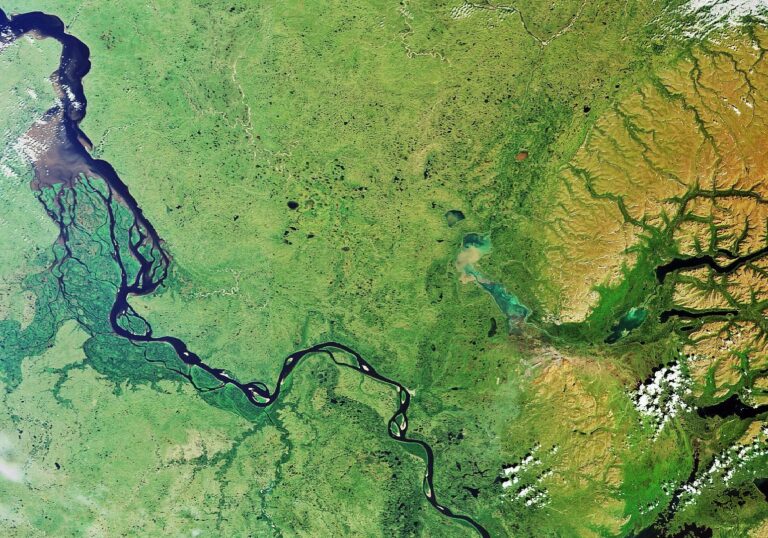
In the engineering design of a wind farm, the determination of the wind potential and the continuous yield forecast, manual activities in the field of modelling and simulation are currently cost determining. In practice, the merging of different data sources into a consistent 3D model and the individual simulation and evaluation are the decisive cost factors. For this reason, rasterized data of pre-defined roughness classes are to be generated from satellite data and made accessible via an easy-to-control, well-documented, stable, open-standard-based interface (API) that will reduce manual work when merging data for modelling.
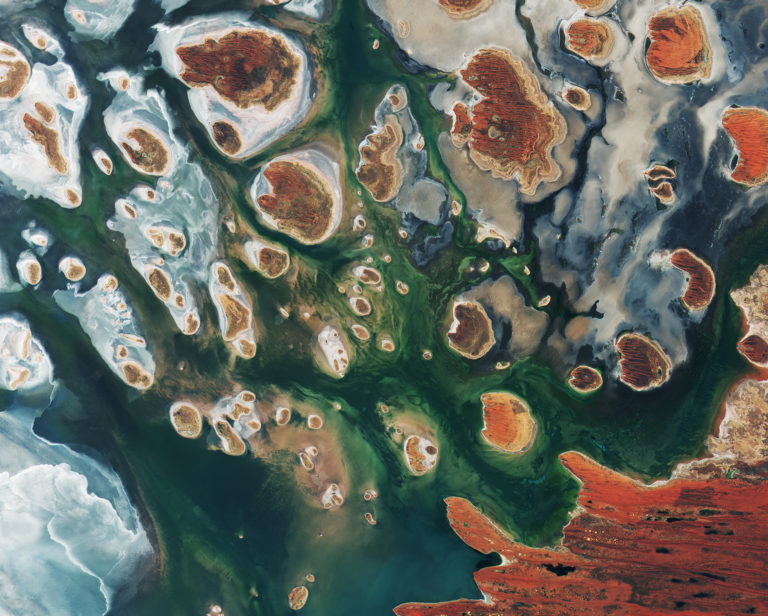
The solution should supplement the available data and contribute to: (I) Data on new buildings not shown in other data sources; (II) Time series data that would allow modelling and analysis of the structural development over time; (III) Assessment of the possibility of automatic detection and development tracking of solar panels and dry coolers; (optional) (IV) Examine to which extent can EO data be used as a substitute for current data sources (such as laser scan, AGWR, energy certificates) in spatial energy planning.
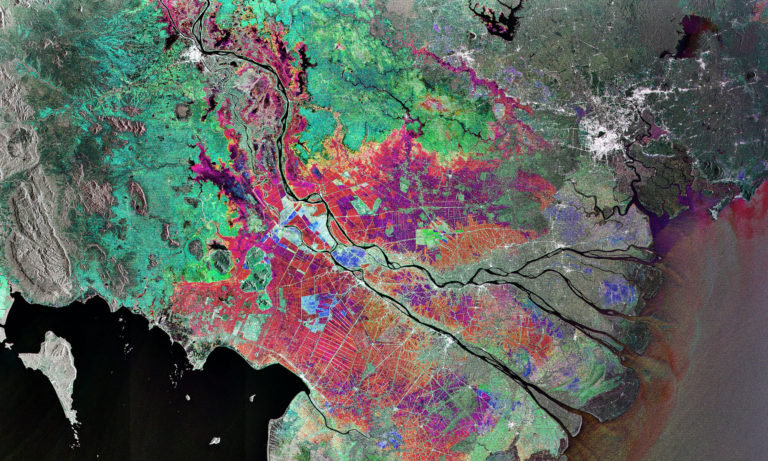
Challenge proposes the creation of a high-resolution land surface dataset which should be tuned to usage for thermal management. The area of interest will encompass district heating networks and communities which are served by those networks. An optimal dataset would allow operators of the district heating network to monitor for inefficient thermal transfer and leakage over time while also having the potential to find potential untapped urban or natural heat sources (on the surface or near surface level).
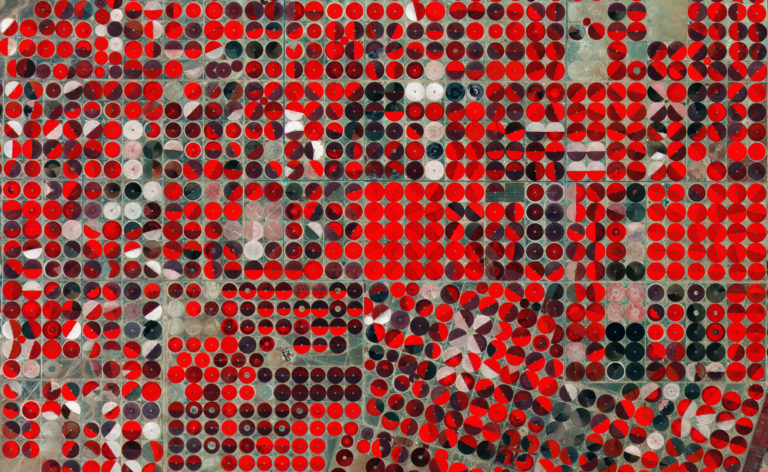
- October 19th, 14:00-16:00– Kick-off day: Opening session, introduction of challenges and team formation
- October 20th, 14:00-16:00 – Technical (EO data) session with Sentinel Hub and EODC
- October 27th – Business model workshop (10:00-12:00) and Pitch training (14:00-16:00)
- October 31st – Submission deadline (14:00 CET)
- November 2nd, 13:00-15:00 – Selection: pitches and jury meeting
- November 4th, 17:00 – Final event and award ceremony (in person in Graz, Austria @Science Park Graz)
The Austrian Space Strategy 2030+ pursues the following six goals:
- Sustainable development on Earth and in space.
- Competitive space sector with high added value and sustainable jobs in Austria
- Scientific excellence for space and Earth exploration
- Space for all areas of life
- Talent and diversity for space
- Space dialogue with the population
Alongside Austria’s participation in missions at the European and international level, an important part of its space-based activities focuses on the benefits for society.
Space-based data and services offer significant benefits for sustainable policy-making and innovative solutions in fields such as climate protection and environmental monitoring, land use, renewable energy, mobility, weather and disaster management. In addition, space helps foster the green and digital transformation of our society and economy.
Space data and services play an important role in connection with the Mobility Master Plan 2030 and the implementation measures in the RTI Mobility Strategy, in the implementation of the Austrian Energy Research Strategy, and overall in the implementation of the government’s goal of making Austria climate-neutral by 2040.
Read more here!

